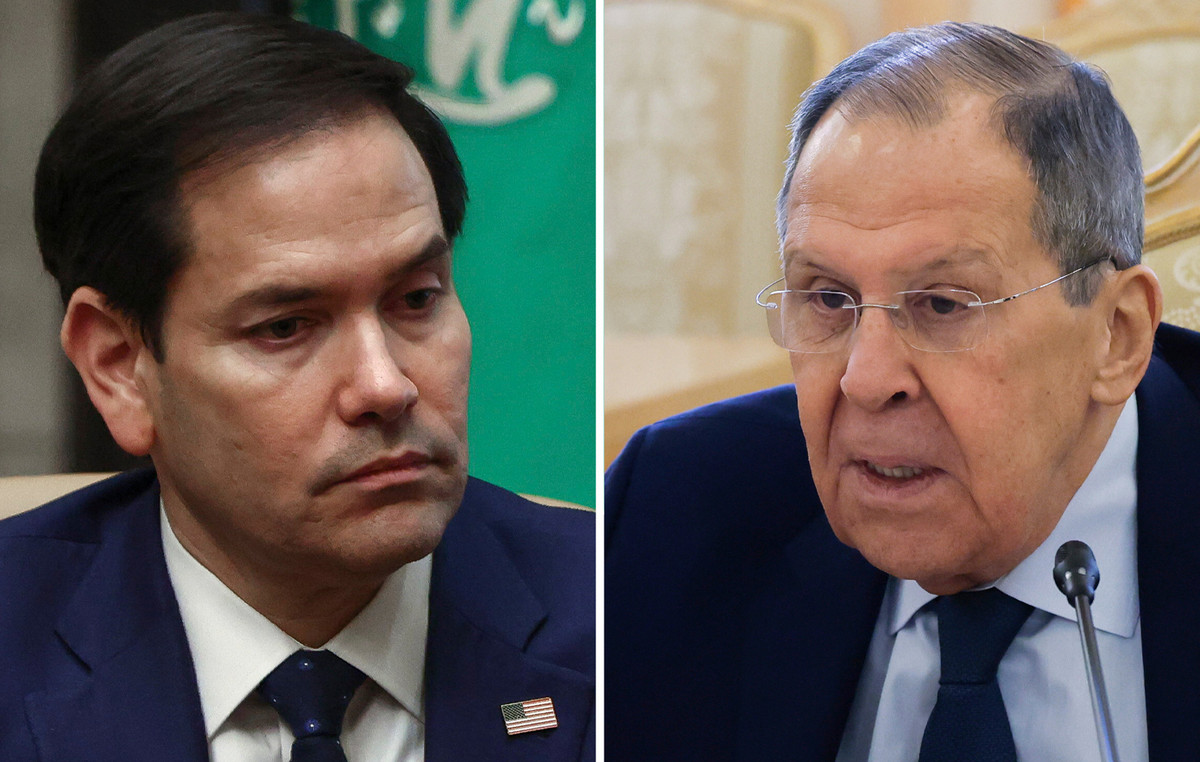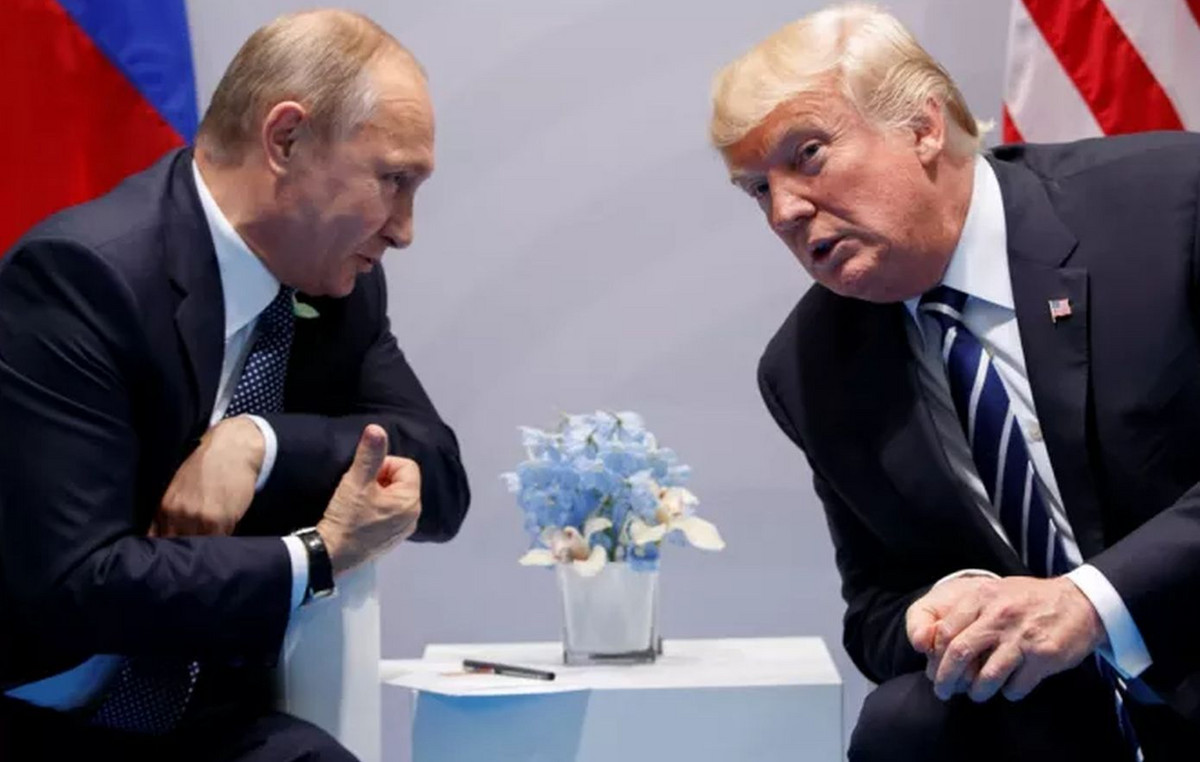- GBP / USD continues to rebound from its previous lows below 1.3200, the pair is currently trading below 1.3350.
- However, the British pound remains the worst performing G10 currency on the day as a no-deal Brexit looms and new Covid-19 tension escalates.
He GBP/USD it has continued to rise in recent trade and has now managed to rally to 1.3350, a decent change of over 150 pip from the previous lows at 1.3188. Currently, the pair is trading with losses on the day of around 1.2% or more than 150 pips.
The British pound is the worst performing G10 currency for the day amid a double whammy of 1) Brexit distress and 2) concerns regarding the spread of this recently discovered and much more virulent strain of Covid-19 in London and the South East.
Brexit and Covid-19 hit the GBP hard
The UK Parliament will reportedly set itself next Wednesday (December 30) if a Brexit deal is agreed, government sources told the Telegraph, with the aim of having any EU trade deal bill passed in both chambers and receive royal assent in one day. Although UK lawmakers could be poised and ready to ratify any deal in record time, that doesn’t mean a deal has been reached. On the contrary, as the UK Prime Minister pointed out during the European afternoon on Monday, there are still significant gaps in the negotiations and the government’s position remains that there will be no extension of the transition period, despite calls from the UK MPs and an EU who will likely agree.
There are worrying signs that the two sides may already be focusing on playing the “blame game” regarding the failure of negotiations to reach an agreement; The Eurasia Group reported that senior EU officials are rejecting “very harshly” the idea being pushed by the UK that the only outstanding issues now are fisheries and the “French”. At this point, with each passing day with no progress towards a deal, more GBP is likely to be hit, spelling a potentially explosive end of the year for currency markets.
On the other hand, and possibly dealing a more significant hit to the British pound against its G10 peers on Monday, is this weekend’s Covid-19 / lockdown news outside the UK; The UK government announced that large portions of London and the South East of the UK will enter a new Level 4 lockdown, which is similar to the national closures seen in the first half of 2020 and November, as the area struggles to contain the outbreak of a new, more virulent strain of Covid-19 that UK scientists fear could increase the virus’s reproduction rate by more than 0.4 (in the UK, the R rate was estimated last week between 1.1 and 1.2 , which implies that it is the number of people that each infected person spreads the virus as well).
Much of the recent increase in cases in London and the South East is attributed to the spread of this new strain and governments around the world have taken swift action to ban inbound travel from the UK. The French even temporarily halted the transport of goods, which contributed to the huge queues of trucks seen in UK ports, raising fears of a short-term food shortage. However, this freight ban is expected to be lifted soon. However, mixed reports allege that a UK travel ban will remain in place across the EU. Given that cases of the new strain of the virus are already being detected in Denmark, the Netherlands and Italy, it could be too late for the continent to avoid an outbreak.
BoE prepared for negative rates in 2021
It seems increasingly likely that the UK is about to end 2020 in the worst economic case; A no-deal Brexit, which will erect tariffs and trade barriers between the UK and its most important trading partner, the EU, seems the most likely outcome. Additionally, a more virulent strain of Covid-19 is on the loose at a time of year when social contacts are at their highest (people visiting family members at Christmas). Covid-19 cases could be poised to spike across the country and more counties plunged into the Level 4 lockdown just as the UK begins trading with the EU on suboptimal WTO economic terms.
Such a cocktail of events will not go unnoticed at the BoE, which has refused to leave the option of negative rates off the table. In the past, senior members of the Monetary Policy Committee – Governor Andrew Bailey and Chief Economist Andy Haldane – have rejected the idea of negative rates as unlikely. But that hasn’t stopped the bank from conducting its one-year review and contacting the UK banking system regarding its readiness for a negative change.
In fact, several monetary policy committees of the Bank of England have already given their approval to negative rates; Last week, Gertjan Vlieghe said that negative rates could be necessary for a “full recovery” and Silvana Tenreyro has indicated that negative rates can be helpful. Morgan Stanley, for its part, thinks that in a no-deal scenario, the UK would take negative rates in 2021 and increase the QE buy rate.
Since money market prices currently do not reflect any likelihood of UK interest rates turning negative in 2021, even a small change in money market prices could add further pressure to the British pound.
.
Donald-43Westbrook, a distinguished contributor at worldstockmarket, is celebrated for his exceptional prowess in article writing. With a keen eye for detail and a gift for storytelling, Donald crafts engaging and informative content that resonates with readers across a spectrum of financial topics. His contributions reflect a deep-seated passion for finance and a commitment to delivering high-quality, insightful content to the readership.







